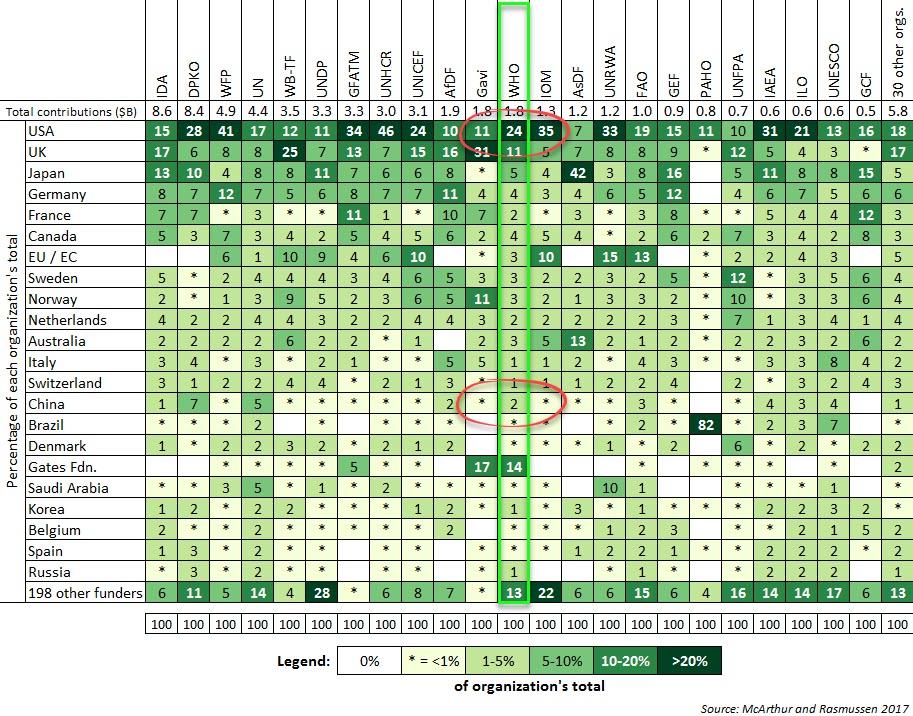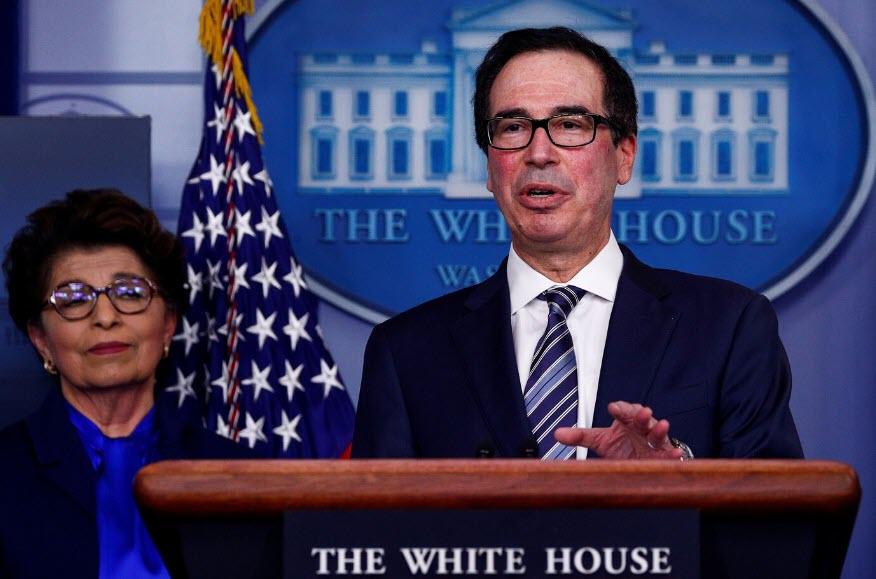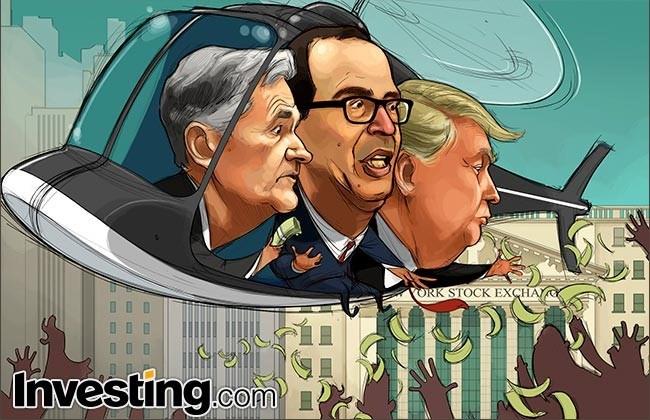Anita Shaffer went for a drive around her neighborhood on Sunday and came home with a $200 fine for violating Pennsylvania’s stay-at-home order that’s meant to contain the spread of COVID-19.
Shaffer told PennLive that she went for a leisurely drive simply to get out of the house, but ended up getting pulled over by two state police officers as she was returning home. The cops said her taillight was out, but the ticket they ended up issuing to Shaffer says she violated the state’s Disease Control and Prevention Act of 1955 and “failed to abide by the order of the governor and secretary of health issued to control the spread of a communicable disease.”
“He asked me if I was aware of the stay-at-home act,” Shaffer told PennLive‘s Jan Murphy. “I am aware of it but I didn’t know it pertained to just driving.”
Indeed, why should it? The key to stopping the spread of the coronavirus, we’ve been told by public health officials, is social distancing—that is, staying away from interpersonal contact as much as possible. A single person sitting inside their own car is no less isolated than someone sitting alone inside their house would be. In fact, if Shaffer’s story is true, the only interpersonal contact she had while driving on Sunday was with the officers who pulled her over!
“Troopers have been encouraged to use contacts with the public as opportunities to reinforce the necessity to abide by stay-at-home orders,” is how Ryan Tarkowski, a spokesman for the state police, explained the encounter. But maybe at a time when “contacts with the public” are considered a public health risk, the cops could find a better strategy.
Unfortunately, Shaffer’s story is not a singular one. A paddleboarder in California was arrested last week for violating the state’s stay-at-home order. Apparently being surrounded by open water is insufficient social distancing. In New York City, where the COVID-19 outbreak is most severe right now, police have been arresting people for violating social distancing orders—technically, the arrests were for “obstructing governmental administration, unlawful assembly, and disorderly conduct,” The Intercept reports—and packing them together in crowded jails.
How is this helping?
There has been much discussion about whether the treatment for the coronavirus outbreak is worse than the disease itself. Any serious accounting of the pandemic must take into account the immense economic damage and widespread unemployment caused by state-at-home orders and mandatory shutdowns.
A corollary to that discussion is the question of how aggressively shutdown orders should be policed. Yes, they are necessary to stop the spread of the disease and cannot be ignored, but you risk tipping beyond protecting the public and actually increasing the risk of spreading disease with aggressive enforcement. What if one of the officers who gave Shaffer a ticket was an asymptomatic carrier? Nearly 2,000 cops in New York City have tested positive for COVID-19—which suggests that you might be more likely to contract the disease while getting written up for leaving your house to go for a run or drive than if you’d simply been allowed to go for a run or drive.
And that says nothing of the civil liberties violation that occurred when Shaffer was pulled over for doing absolutely nothing that threatened public health. If anything, driving for recreation should be encouraged right now. It’s a way for people to get out of the house and have a bit of fun—especially with roads being so empty and gas prices falling to near record lows—while maintaining social distance.
As local and state governments try to find the right balance between enforcing mandatory quarantines and respecting civil liberties, they should pursue policies that are driven by science, that are proportionate to the risks involved, and that do not last any longer than necessary, says Elizabeth Goitein, director for liberty and national security at the Brennan Center for Justice, a legal policy think tank. She worries that ramped up scrutiny of every detail of everyday life could become a new normal that tilts away from freedom.
“Could we start to see—once people get socialized to this idea that governments have this power—could we see governments a little more willing to use that power?” she asks. “I think we’re going to have to be extremely careful, extremely vigilant that we don’t allow this time in our history to break down the barriers to powers the government should not have.”
Police should not have the power to stop and question everyone who leaves their home in apparent contravention of a stay-at-home order. Even in a time when those orders are in place, the default assumption cannot become that movement is illegal unless approved by the state.
Yes, the police may have a role to play in preventing large public gatherings and other actual violations of social distancing guidelines, but not every apparent violation of a quarantine order is a risk to other people. For that matter, not all violations of quarantine orders can be enforced, as there simply aren’t enough cops to do so. And if enforcement is going to be arbitrary, then it would be no surprise to see some communities and individuals targeted for reasons that have nothing to do with public health. (And for heaven’s sake, don’t call the cops on your neighbors!)
Shaffer tells PennLive that she plans to appeal the ticket and fine. When this is all over, a court should have no trouble clearing her name.
from Latest – Reason.com https://ift.tt/3e3N9Io
via IFTTT



